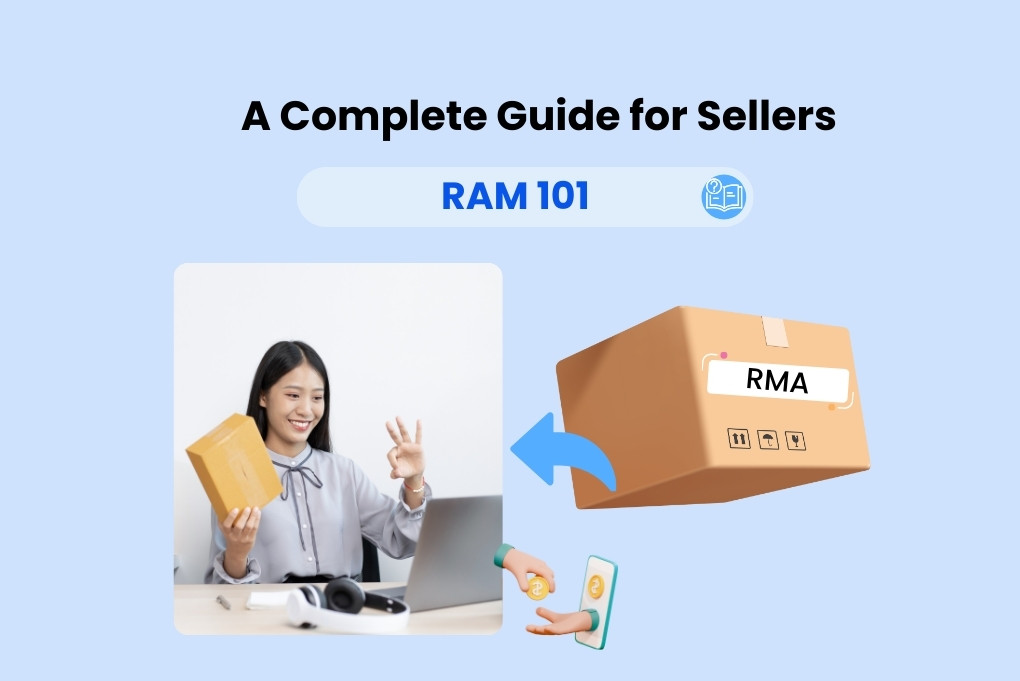
Managing product returns is a major headache for businesses of all sizes. It not only impacts businesses financially but also affects brand value. However, to ensure customer satisfaction and stay ahead of the competition, businesses need to offer return and exchange options.
For effective and streamlined returns management, the best option is using RMA.
Do you want to know about RMA?
This article will introduce RMA in detail, along with its working procedure. Also, you will learn about the ParcelPanel Returns & Exchanges app, which will make your returns management smooth and hassle-free.
What is RMA?
RMA is the abbreviation of Return Merchandise Authorization. It is also referred to as Return Authorization (RA) and Return Goods Authorization (RGA). The RMA/RA/RGA is a number that customers use in the return process of a package in case they are not satisfied with the product.
RMA vs RGA
Although RMA and RGA are used interchangeably, they are different. The returning reasons are the key that makes them distinctive from each other. A product may be returned for various reasons; if the reason is a defective or damaged product, the RMA is used, whereas the RGA is used for the wrong item or missing parts.
What is an RMA Number?
This RMA number or return authorization number is a unique identifier assigned to the products or orders for which customers request a return or refund. Moreover, this number works as a tracking number that helps merchants monitor the product return progress and update inventory accordingly with an ERP system.
Usually, the customer service department assigns the RMA number after approving the return request from the customer. However, whether the customer will receive a refund, use store credit, or get a replacement depends on the return policy of the company or merchant. Also, if the customer requests a return or refund after the warranty period, merchants have the authority to decline the return request.
Are you wondering, “Why RMA is important in return management?”
Here are a few of the reasons why RMA is beneficial for both merchants and customers:
- It helps merchants keep track of the return parcel from the customer to the warehouse.
- Merchants can calculate the financial impact of returned packages.
- Merchants can keep tabs on which return issues have been resolved and which are still pending.
- It is an effective source for merchants to collect customer information and analyze the reasons for returns.
- Merchants can assess the condition of a product to determine whether it is eligible for returns or refunds, thereby preventing return fraud.
- Customers can use the RMA number as a reference to track the return process and conduct inquiries in case a refund or replacement takes longer.
- RMA data helps identify areas for improvement to ensure customer satisfaction for future orders.
Learn More: Ecommerce Returns: 10 Best Practices to Reduce Returns
Return Authorization Form Template
A Return Authorization or RMA form is the first thing customers need for an RMA request. So, what is an RMA form?
An RMA form is a document that contains all of the necessary information about the product, the customer, and the reasons for the return or refund. RMA forms come in various templates, depending on the industry and business type (ecommerce or brick-and-mortar store).
However, there are certain key information that every RMA form includes, which are:
- Customer contact information: This section includes the customer’s name, phone number, address, and email address.
- Product information: This section requires information such as order ID, product name, return product quantity, return reasons, purchase date, product image, warranty date, and so on.
- Expected solution: Customer’s claim regarding whether they want a refund, replacement, repair, etc.
Some companies include return policies and instructions on how to package the product for return. Some companies only accept returns in their original packaging, while others accept products in any condition within the warranty period. The form may also include space for customer feedback, where they describe the reasons for returning in detail.
Here are a few standard RMA form templates:
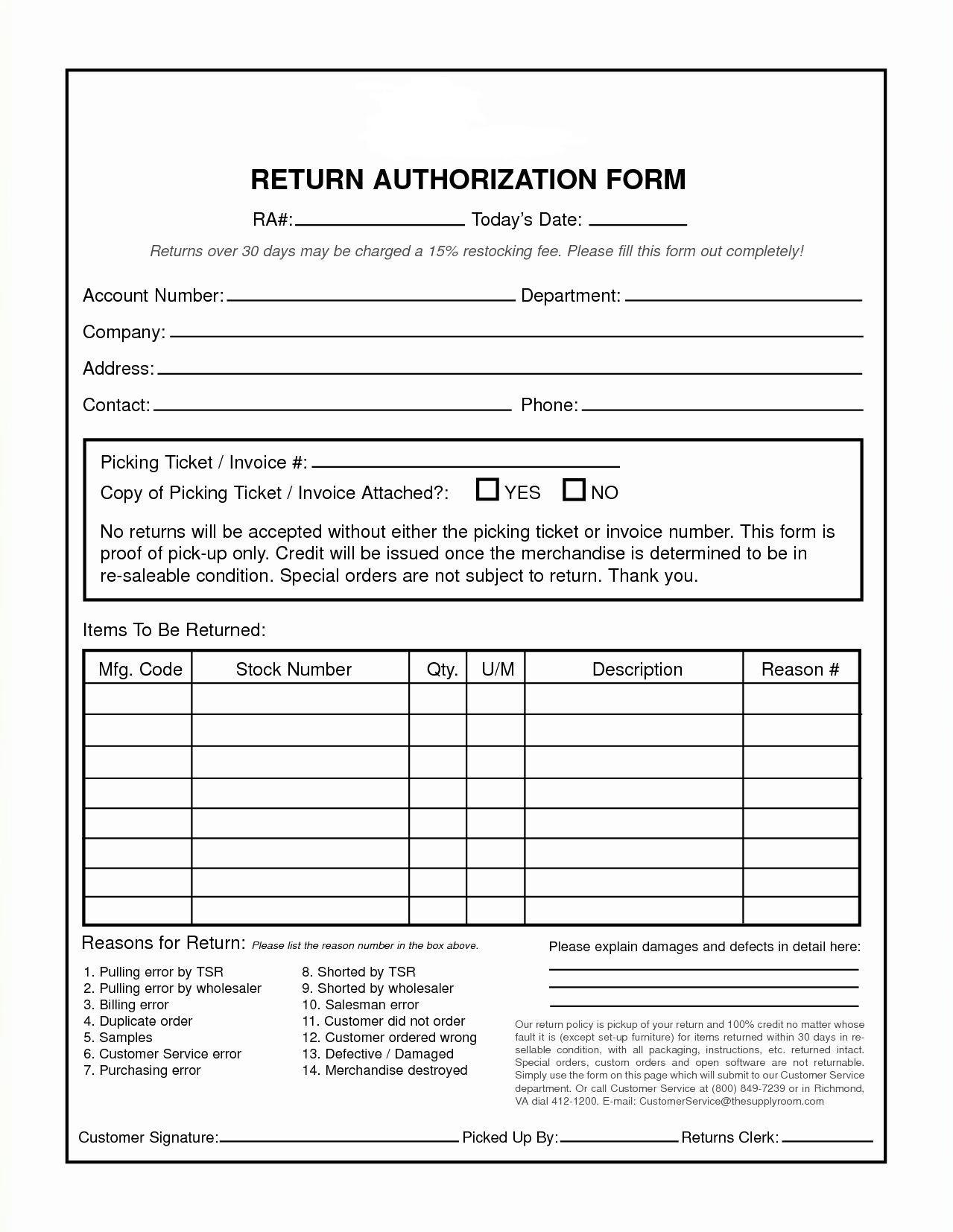 |
 |
Note: Customers may receive an RMA form with the product they ordered or get it online when they submit the RMA request.
Understanding the RMA Process
The RMA process may not be exactly the same for every business. However, understanding the basics of the RMA process can make the whole process more efficient.
The following are the steps involved in the RMA process:
Step 1: Create your store’s return policy
The return policy acts as a guideline for the RMA management software to identify the return requests eligible for returns. Consequently, it streamlines the return process and ensures customer satisfaction.
The company or store must first set their return policy and use it to determine the RMA process.
The terms and conditions of the return policy include:
- The warranty period within which customers can submit the RMA request;
- Product status acceptable for return, such as returning in the original package, unused clothing or accessories with intact hangtags, etc.;
- Clauses regarding the return shipping cost. It should clearly state who bears the shipping fee and for what product condition the company bears the fee;
- The need for additional documents like proof of purchase;
- The refund clause mentioning the conditions under which customers receive store credit, a full refund, a partial refund, or a replacement;
- Terms and conditions where return is not acceptable.
Step 2: Design the RMA form
Next, the RMA form should be created, through which customers will submit their return request. Make sure to include all the important sections in the form, such as product information, customer information, product image, return reason, solution, and so on.
Plus, make sure to include every piece of data you may need for your warehouse management. Also, incorporate additional information, such as the key points of the return policy, the return timeframe, shipping cost, and other specialized instructions.
Step 3: Customer initiating the return request
This step is for the customers. They have to apply for the return request from the return portal of the eCommerce website. The portal contains the RMA form, which they must fill out and mention their preferred compensation type, such as refund, replacement, etc.
The information provided in the form assists the RMA system in determining whether the request should be approved or denied.
Step 4: Generate the RMA number
Afterward, if the return request is accepted, an RMA (the unique number that serves as the identifier of the return package) will be assigned. The customer is then responsible for packaging and shipping the product. Through this RMA number, both the merchant and the customer can track the return progress.
Step 5: Return processing in the warehouse
When the returned product arrives at the warehouse with the RMA number, the warehouse staff can efficiently retrieve relevant information and process the returned product. If the product is defective or damaged, an exchange order is created. Refunds or store credits can also be issued if the requirements are met.

RMA FAQ
Here are some of the most frequently asked questions about RMA that will help you better understand it.
What does RMA mean?
Return Merchandise Authorization, in short RMA, is a part of the product returning process that customers use to receive refunds, repairs, or replacements. The RMA number that sellers give can be seen as permission to grant the request to solve issues regarding defective, damaged, or unwanted products.
Businesses design return policies with conditions on the basis of which customers can apply for a return or refund. Some merchants may allow returns or replacements for damaged or unopened products within the warranty period, while others may offer options of direct refunds and refunds to store credits.
What is RMA in manufacturing?
RMA (Return Merchandise Authorization) in manufacturing is a number issued by the manufacturer that allows customers or businesses to return products or claim refunds if the products fall short of their expectations or have issues like being damaged, defective, and so on.
Usually, customers need to submit a request to receive the RMA number. Every manufacturer has distinctive return policies that determine under what conditions the RMA request gets approval.
What is an RMA number for shipping?
The Return Merchandise Authorization number, or RMA number, is a unique identifier assigned by the merchant or manufacturer to products or orders that have received a return request. This number serves as a tracking number so that merchants can track the product as it arrives at the warehouse.
Where to put an RMA number on a package?
The RMA number should be written on the outside of the package body. Usually, merchants provide the RMA number with proper instructions. As the package needs to pass various transit points and get scanned to reach its destination warehouse, it is best to provide the RMA number on all sides of the package in large, clear text.
Do you need to pay for RMA shipping?
The charge of RMA shipping fees depends on the seller’s return policy. Some sellers charge for RMA shipping in the form of a restocking fee. Some businesses may bear the shipping cost considering the product condition and return reason. In contrast, others may let the customers pay for the RMA shipping and provide free shipping for replacements.
Simplify Your RMA Process with ParcelPanel
Returns management can be a daunting task when businesses need to handle a large quantity of returns daily. However, to make the RMA process efficient, you have ParcelPanel.
The ParcelPanel Returns & Exchanges app is a one-stop solution for the eCommerce industry when the concern is hassle-free returns management. Its return portal streamlines the return and exchange processes. It can serve as RMA management software, making it a breeze to collect return requests, process them, provide return labels, make analyses, and so on.
Customers can apply for returns via the return page and use the 24/7 return center to track the status anytime. The app allows you to integrate with the reverse logistics partners, define return eligibility rules, and set multiple return addresses to provide absolute control of product returns.
Moreover, this app can process return requests by considering the eligibility rules. To prevent fraud, it has options for setting the return request limit and blocklists. To streamline the shipping process, it offers the download and upload of the shipping label, as well as email notifications with specific instructions.
It is worth mentioning that the RMA management software plays a crucial role in centralizing and improving returns management. Merchants can set a time range to keep track of the requests within that period. The return analytics feature provides data regarding the following metrics:
- Number of total requests created within the selected timeframe
- Total value of items that are requested for returns
- Total revenue retained through exchanges and refunds to store credits
What are you waiting for?
Install the ParcelPanel Returns & Exchanges app today for free!

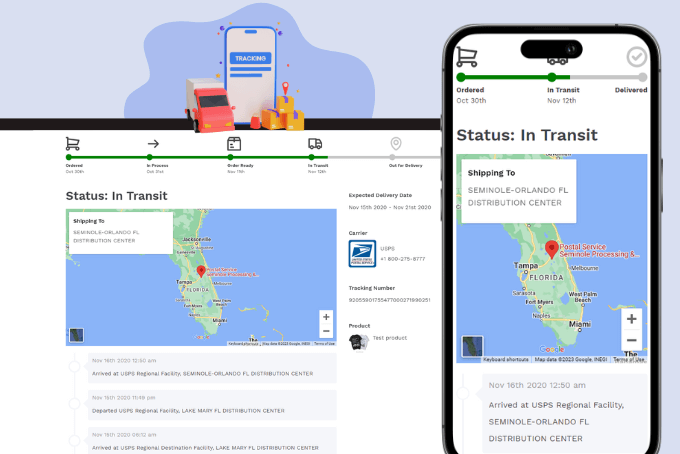



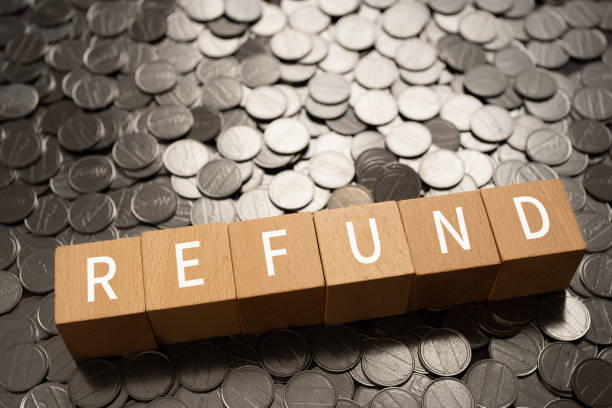





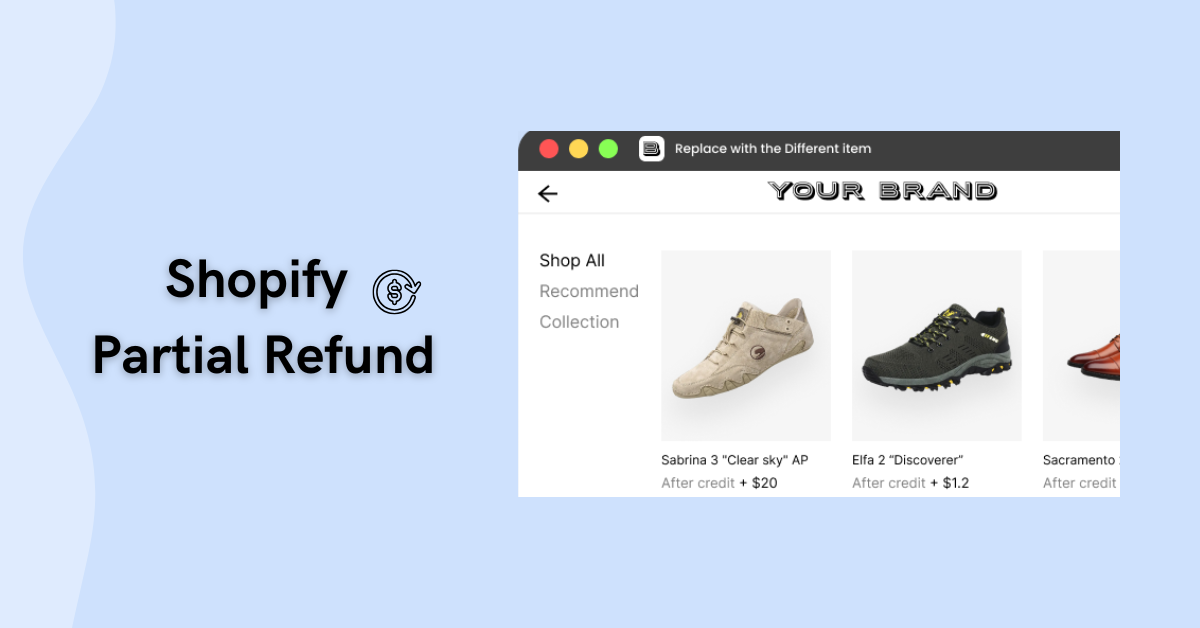
![Top 10 Loop Returns Alternatives and Competitors [2025]](https://images.surferseo.art/355d37b8-6936-4be4-b677-f5314b151724.png)





















